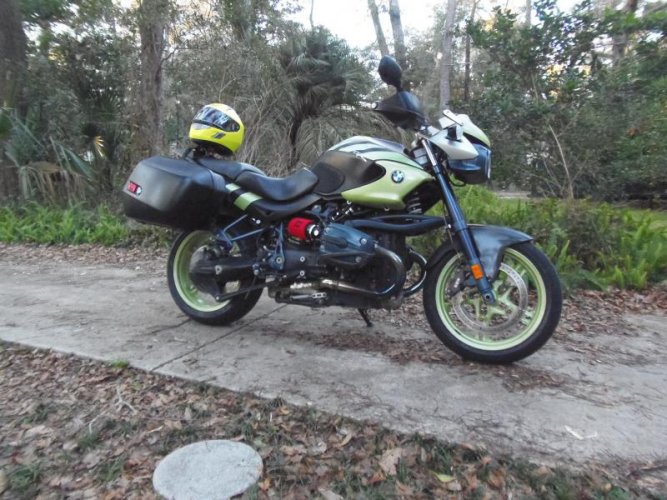roger 04 rt
New member
Here u go
Thanks! The key thing is that the engine torque transient is damped well after the spline coupling. Once the spine is loose those every cycle engine transients tap away at the spline hub interface.
Follow along with the video below to see how to install our site as a web app on your home screen.
Note: This feature may not be available in some browsers.
Here u go
Ha Ha Yes..............I don't have any gold bars for my retirement
And I think this is the key. Once the process starts it is highly unlikely grease can resist the poundingThanks! The key thing is that the engine torque transient is damped well after the spline coupling. Once the spine is loose those every cycle engine transients tap away at the spline hub interface.
Can I have a close up of Minotaur's hoof if you have it handy

here u go

thanks! The key thing is that the engine torque transient is damped well after the spline coupling. Once the spine is loose those every cycle engine transients tap away at the spline hub interface.
and i think this is the key. Once the process starts it is highly unlikely grease can resist the pounding
Thanks! The key thing is that the engine torque transient is damped well after the spline coupling. Once the spine is loose those every cycle engine transients tap away at the spline hub interface.
It would be interesting to get a failed shaft and matching clutch hub from Anton's pile. (He must have a pile) Then take it to the nearest university with a metallurgical engineering dept. and donate it for a failure analysis project. They have awfully nice tools and microscopes for looking at these things in great detail. Good teaching and learning project and maybe we'd get to enjoy the report.
Better add a gear (spline) expert. There are red herrings in engineering, too.Opening conversation would go something like this:
These are the parts?
Yes.
This is the clutch hub?
Yes
How come last 6 mm are not worn at all and the rest is stripped out completely?
Because the shaft doesn't go all the way through it.
Why not?
I dont know you tell me you are the expert.
Better add a gear (spline) expert. There are red herrings in engineering, too.
Once there's some wear in the hub/spline it sounds like there's potential for hammering of the spline faces.
A longer spline engagement may not be needed from the standpoint of simple sheer strength. But a longer spline engagement should resist displacement of the clutch hub from the perpendicular plane it is supposed to run in.
RB
It it my understanding that when GSAddict was making his custom shaft it was examined by gear spline experts and they also agreed that shaft should be longer to ensure full engagement on the clutch hub, so I don't know why this red herring thing keeps coming up.
Because many (most?) bikes have no wear problem. And many that do seem to have repeat failures. And even BMW in their infinite wisdom breaks the warranty failure chain by replacing the transmission and housing.It it my understanding that when GSAddict was making his custom shaft it was examined by gear spline experts and they also agreed that shaft should be longer to ensure full engagement on the clutch hub, so I don't know why this red herring thing keeps coming up.
In actuality they are quite different from a metallurgy and tolerance perspective. Not to mention being 6mm longer.
This is from the beginning of the thread.
He is talking about his shaft.
GSAddict did you keep the same transmission and engine when you installed your longer shaft into the box (gearbox that is)?
I know, I crack myself up but I would appreciate the confirmation that the engine and gearbox are original.